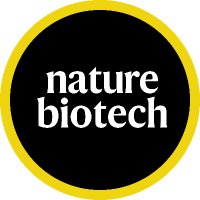
Nicolas Mathis
@nicopmat
Postdoctoral Researcher @ University of Zurich (Schwank Lab) | Crafting Genomes with CRISPR | Intersecting Bioinformatics & ML through Multi-Omics
ID: 1162482227109924864
16-08-2019 21:52:55
196 Tweet
253 Followers
206 Following


If you want to know the outcome of your prime editing experiment before you even conducted the experiment, visit pridict.it Congrats to Nicolas and many thanks to all collaborators Krauthammer Lab Bas van Steensel lab


Thrilled to see our click editing paper out today in Nature Biotechnology! 🚀 Click Editors (CEs) are a new class of genome writers which combine DNA polymerases and HUH endonucleases with RNA-programmable nickases for precise edits without DNA DSBs🧬✨ nature.com/articles/s4158…

Bridging genome editing, protein engineering, and applied machine learning in biology: Great to see our latest study, spearheaded by Kim Fabiano Marquart, out today in Nature Methods. Check out the paper! 🧬💻 UZH Science Gerald Schwank Krauthammer Lab nature.com/articles/s4159…


Our TnpB story has been published in Nature Methods 🚀 Check out the thread by Gerald Schwank to dive right in.


Check the Nature Methods research briefing associated with our latest study on TnpB for effective genome editing nature.com/articles/s4159…

